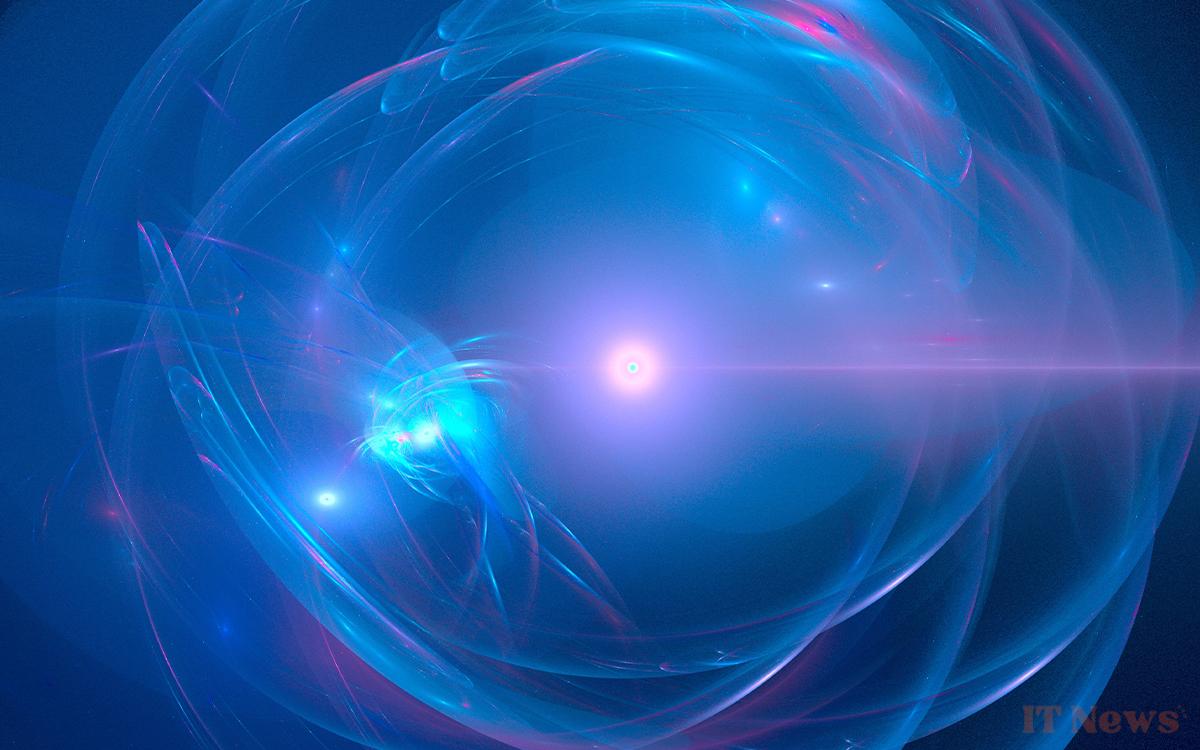Dark matter and dark energy are thought to make up 95% of the Universe. Yet, they have never been observed. A new theory proposes a radical solution that could change everything we thought.
The observable Universe, which is composed of of galaxies, stars, planets and gas, would represent only a tiny portion of reality. Since the 1990s, astrophysicists have estimated that 95% of the energy and matter in the cosmos are invisible. To explain the behavior of galaxies and the accelerated expansion of space, they have introduced two concepts: dark matter, responsible for an additional gravitational force, and dark energy, the origin of the latter's continued expansion.
But these two elements, although essential in current models, have never been detected directly. A new study, led by Richard Lieu, a professor at the University of Alabama in the United States, questions their existence. He proposes a cosmological model without dark matter or dark energy. Instead, he introduces the idea of “transient temporal singularities” : very brief events, distributed throughout space, which would inject matter and energy in an ephemeral manner.
Cosmic singularities replace the effects of dark matter and dark energy
These singularities would appear suddenly, then disappear in an instant, too quickly to be observed. Yet, they would affect all of space homogeneously, causing a cosmic expansion similar to that attributed to dark energy. When they inject matter, they could also explain the formation of the first structures in the Universe, such as galaxies. In other words, these phenomena would be sufficient to produce the observed effects without resorting to invisible elements.
Unlike other alternative theories, this model respects the known laws of physics, such as the conservation of energy. It does not use any speculative notions such as negative mass or density. To verify this, Richard Lieu proposes using large ground-based telescopes. By analyzing the light from very distant galaxies, he hopes to detect sudden variations in the redshift. These "jumps" could be the traces left by these singularities. If these observations confirm the model, this could call into question the foundations of modern cosmology.




0 Comments